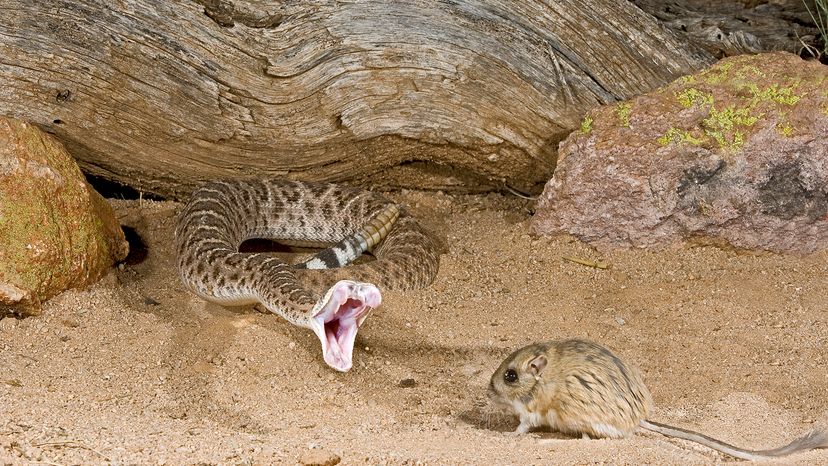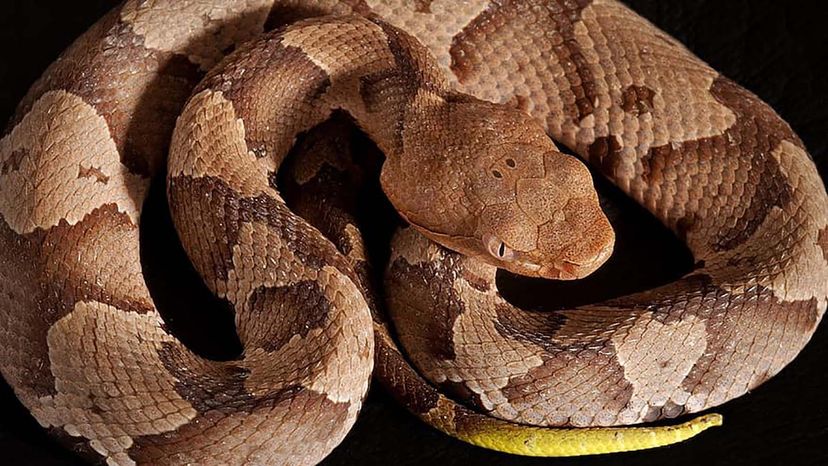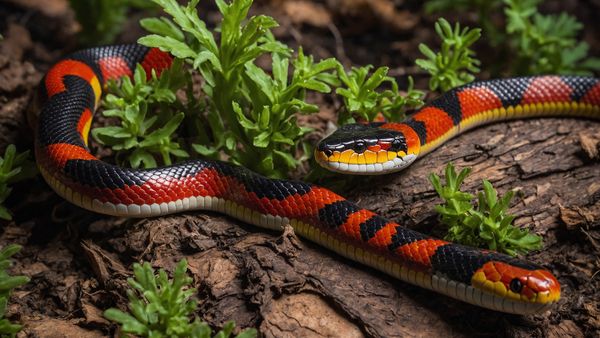
The rattlers depicted on yellow Gadsden flags and Craig Ferguson's coffee mug are all-American vipers. Noted for their venom, vipers make up a widespread snake family that's represented on most of the world's continents, Australia and Antarctica being the two exceptions.
The venom of a pit viper snake is produced and held in twin glands behind the snake's eyes. The toxic brew is delivered through movable fangs that can be folded up against the roof of the mouth, ready to inflict puncture wounds on unsuspecting prey.
Advertisement
Rattlesnakes bring something extra to the table. Jake and other rattlers belong to a viper subfamily called Crotalinae, or the "pit vipers." Such venomous snakes come with an amazing, built-in tool they use to locate warm blooded prey and predator alike.



